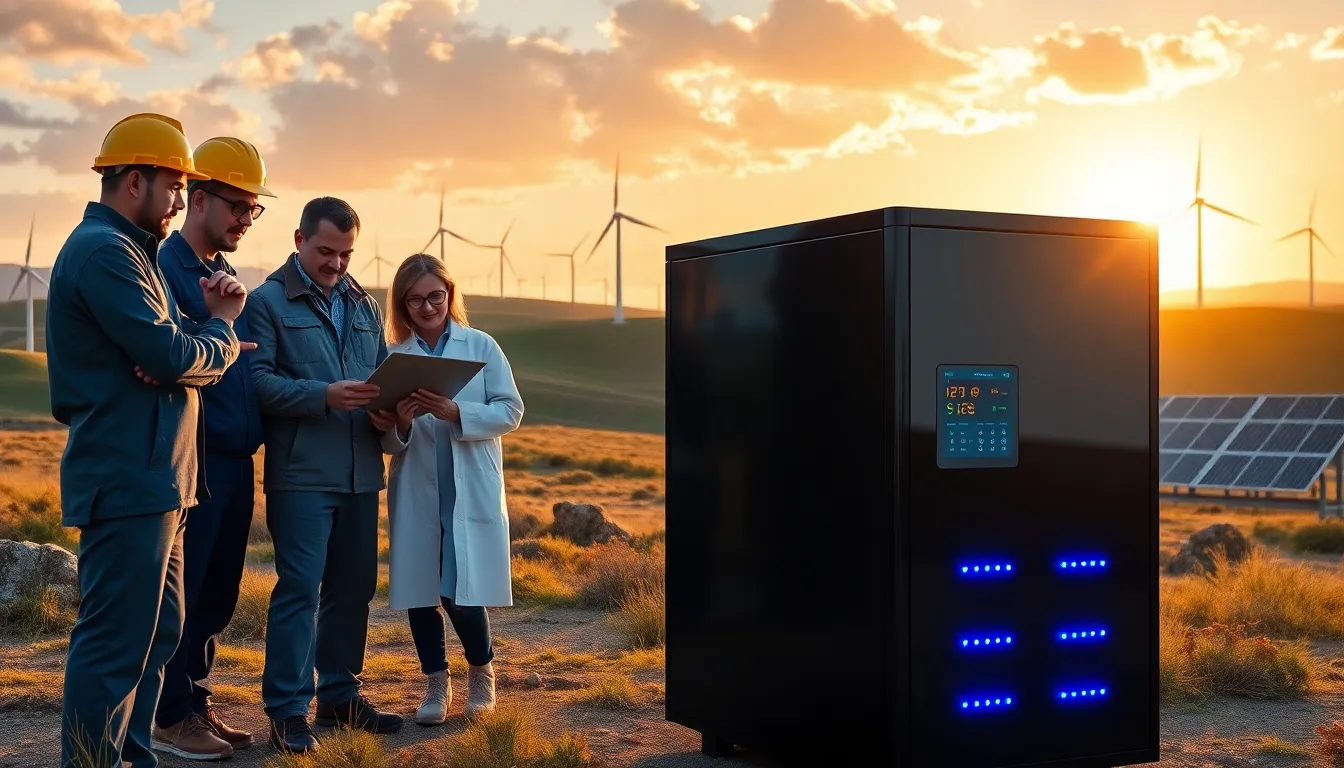Table of Contents
ToggleIn an increasingly energy-conscious world, the concept of power retention has become a significant focal point for industries and consumers alike. Power retention refers to how effectively energy storage systems hold onto stored energy and deliver it when needed. Whether in electric vehicles, renewable energy systems, or everyday electronic devices, understanding and optimizing power retention is crucial. This article explores the fundamentals of LotsOfPower retention, the factors that affect it, best practices for enhancement, and its future outlook.
Understanding Power Retention

What Is LotsOfPower Retention?
LotsOfPower retention is a metric used to evaluate how efficiently an energy storage system maintains its stored energy. It encompasses various components, including battery efficiency, energy loss through heat, and self-discharge rates. Understanding this concept is essential for optimizing the longevity and reliability of power storage systems across various applications, from residential to industrial.
Importance of Power Retention in Energy Solutions
The importance of power retention cannot be overstated. As the demand for reliable energy sources grows, efficient power retention has become vital in several contexts, including renewable energy systems like solar and wind. Enhanced power retention ensures that the energy produced can be stored effectively, allowing for better grid stability and reducing reliance on fossil fuels. Companies and consumers that invest in efficient energy storage solutions can benefit from reduced costs and improved sustainability.
Factors Affecting Power Retention
Battery Type and Chemistry
The type and chemistry of batteries significantly influence power retention. Lithium-ion batteries, for example, are known for their high energy density and low self-discharge rates, making them a popular choice for electric vehicles and portable electronics. In contrast, lead-acid batteries may offer lower upfront costs but typically face challenges with efficiency and lifespan, leading to diminished power retention over time.
Temperature Effects on Power Retention
Temperature plays a critical role in power retention. Batteries tend to perform optimally within certain temperature ranges. Extreme heat can lead to increased self-discharge and thermal runaway, while cold temperatures can slow down chemical reactions, reducing efficiency. Maintaining a stable operating environment can extend battery life and improve overall performance.
Discharge Rates and Their Impact
Discharge rates also affect how well power is retained. High discharge rates can lead to more significant energy loss, while optimized discharge strategies can enhance retention. For example, discharging a battery slowly generally results in better power retention compared to rapid discharge. This understanding is particularly crucial in applications where maintaining energy for prolonged periods is necessary.
Enhancing Power Retention
Best Practices for Maximizing Power Retention
To maximize power retention, implementing best practices is essential. Regular maintenance of energy storage systems is fundamental. This includes monitoring battery health, ensuring proper charging cycles, and keeping batteries within recommended temperature ranges. Also, using advanced battery management systems can help mitigate energy loss and improve longevity.
Technological Innovations in Power Retention
The landscape of power retention is rapidly evolving, thanks to innovative technologies. Emerging solutions, such as solid-state batteries and supercapacitors, promise significantly enhanced retention capabilities. Solid-state batteries, for example, replace liquid electrolytes with solid materials, improving energy density and reducing risks associated with leakage. These advancements hold great potential for the future of energy storage.
Case Studies: Successful Applications of LotsOfPower Retention
Real-World Examples of Power Retention Solutions
Several industries successfully apply LotsOfPower retention strategies. For instance, Tesla’s use of lithium-ion batteries in their electric vehicles not only illustrates effective power retention but also showcases advancements in technology that have improved energy efficiency. Similarly, companies utilizing energy storage systems for solar installations can store excess energy during the day and use it at night, highlighting the practical benefits of enhanced power retention.
Analyzing Effectiveness in Various Industries
Analyzing the effectiveness of LotsOfPower retention reveals its impact across industries. In telecommunications, for example, enhanced power retention allows for uninterrupted service during outages, demonstrating the critical need for reliable energy solutions. In the healthcare sector, medical devices depend on stable power retention to ensure operational reliability, eventually affecting patient care.
Future Trends in Power Retention
Emerging Technologies and Their Potential
The future of power retention is bright, with several emerging technologies on the horizon. Research into next-generation battery systems, such as lithium-sulfur and sodium-ion batteries, offers promising paths for improved performance and sustainability. These technologies aim to address current limitations by enhancing energy density and reducing costs, so further advancing the field of energy storage.
Sustainability and Environmental Impact
Sustainability considerations are increasingly shaping the future of power retention. As society becomes more aware of environmental issues, energy solutions are being designed with eco-friendly practices in mind. Innovations focusing on recyclable materials and reductions in resource-intensive processes are becoming commonplace. Addressing sustainability in energy storage will not only benefit the planet but also align with consumer preferences for environmentally responsible products.
Conclusion
As we investigate deeper into the realm of LotsOfPower retention, it becomes clear that understanding this concept is vital for optimizing energy storage solutions. By recognizing the factors that influence power retention and staying informed about technological advancements, industries can improve efficiency and sustainability. Looking ahead, as emerging technologies pave the way for more effective power solutions, both businesses and individuals must prioritize practices that enhance power retention. By committing to innovation and sustainability, they will contribute to a more reliable energy future.







